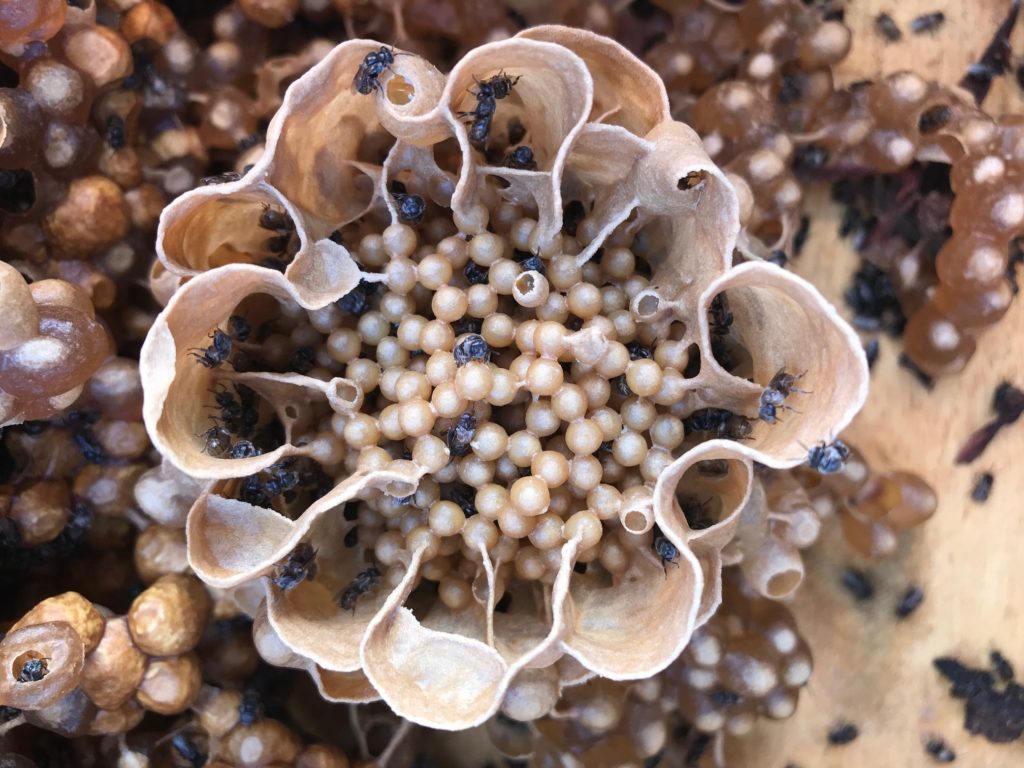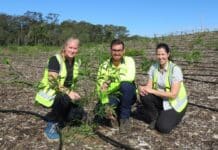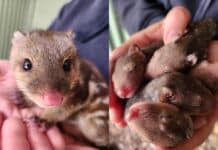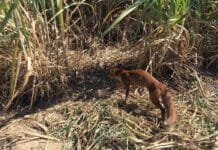
Native stingless bees will be the topic of the day when bee researcher and author Dr Tim Heard visits the region this month.
Organised through Wide Bay Stinglees Bees and Sugarbug Bees, the discussion aims to increase awareness about the benefits of keeping the friendly insects around.
“Tim is the owner of Sugarbag Bees, an entomologist and ex-CSIRO research scientist who also authored the latest book on native bees called the Australian Native Bee Book,” Wide Bay Stingless Bees' Sharon Davies said.
“He is also the driving force behind, and head of the newly formed Native Bee Association.”
“Dr Tim Heard will be in the area between 2pm to 5pm on the 26 August to have an informal discussion on native bees and the newly formed native bee association.”
Bees a benefit for the environment
According to Chairman of the Wide Bay Branch of the Native Bee Association Tony Harvey, there are four species of native stingless bees in the region.
“In the whole of Australia there are about 2000 species overall,” he said.
Mr Harvey said native stingless bees were very different to their European counterparts in the way they looked and how much honey they produced.
“They obviously don't sting and they are a lot smaller than the European bees,” he said.
“They still work in the same way though, where they have a queen bee, workers and male drones.
“They produce about 1.2 kilograms a year in honey while European bees can produce more than 20 kilograms of honey in a year.”
Mr Harvey said bees played an important role to keep the environment healthy and if possible, native stingless bee colonies should be left alone.

“We provide a free service to remove native stingless bees if we can keep the colony,” he said.
“We transfer them to a safe place so they can thrive.
“However, if you come across a colony that is not in a spot of inconvenience, it is best to leave them be.”
Event details
To have a coffee and a chat to Tim Heard, go to the Wide bay Stingless bees Facebook page and book in.
Spaces are limited.
This is a free event by Sugarbag Bees and Wide Bay Stingless Bees.







